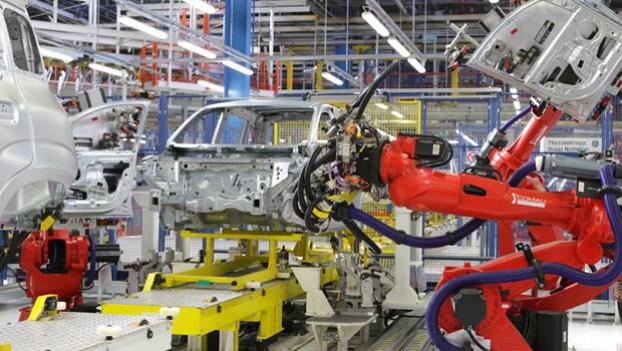Brussels – In February, industrial production grew both within the euro area and in the EU on a monthly basis. The European Statistical Survey, Eurostat, reported in a report released today (April 15), found a 0.7 percent increase for EU countries and a 0.8 percent increase for states adopting the Euro. The figures, while up from January, remain negative when compared to the same period in 2023: -6.4 percent for the eurozone and -5.4 in the twenty-seven states as a whole.
Consumer durables drove industrial production in February: +1.7 in the EU and +1.4 in the eurozone, as well as capital goods, with growth of 1 percent in the EU and 1.2 among those adopting the euro. Production of consumer non-durable goods and energy products was negative, with the latter down 3 percent in the euro countries and 3.3 within the EU.
At the state level, the highest monthly increases were recorded in Ireland (+3.8 percent), Hungary (+3.5 percent) and Slovenia (+3.3 percent). By contrast, the largest decreases were observed in Croatia (-4.6 percent), Lithuania (-3.0 percent) and Belgium (-2.7 percent).
When comparing February 2024 with February 2023, Ireland saw the sharpest drop in industrial production, down 36 percent, followed by Belgium with a 12.7 percent drop. The picture is complicated for the EU, where only ten states are growing. The best result comes from Spain with +3.5 percent.
A weak monthly growth, but one that bodes well. It could be the “beginning of an industrial turnaround,” said Rory Fennessy, senior eurozone economist at Oxford Economics: “A reduction in wholesale energy prices should support a gradual recovery in industrial output growth throughout 2024.” Combined with “looser monetary policy, (this) should provide a more pronounced positive impact in 2025,” Fennessy told ShareCast.
English version by the Translation Service of Withub










